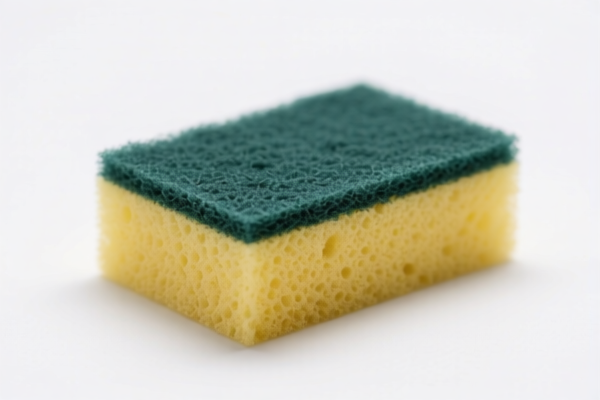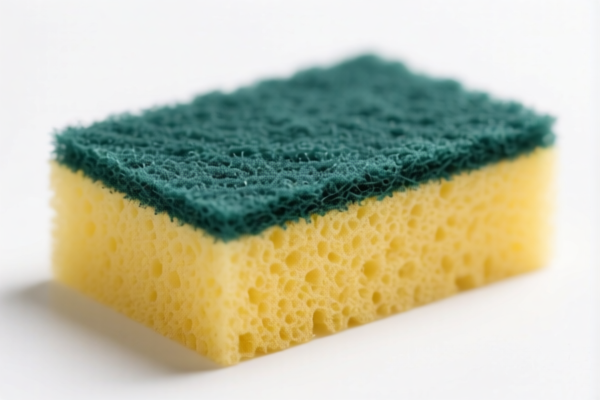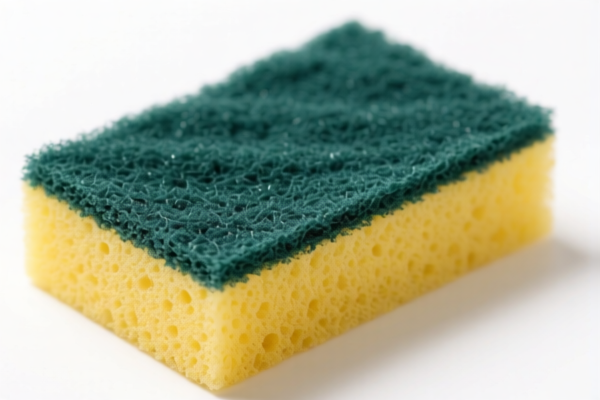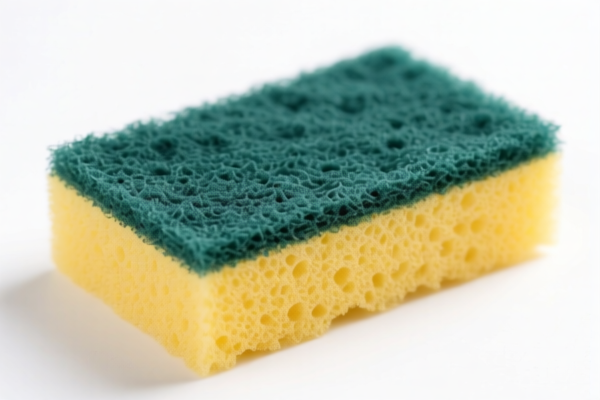| HS Code | Official Doc | Tariff Rate | Origin | Destination | Effective Date |
|---|---|---|---|---|---|
| 3926904000 | Doc | 32.8% | CN | US | 2025-05-12 |
| 3926909910 | Doc | 42.8% | CN | US | 2025-05-12 |
| 3924104000 | Doc | 33.4% | CN | US | 2025-05-12 |
| 3924905650 | Doc | 40.9% | CN | US | 2025-05-12 |
| 4823901000 | Doc | 55.0% | CN | US | 2025-05-12 |
| 4823907000 | Doc | 55.0% | CN | US | 2025-05-12 |
| 4805500000 | Doc | 55.0% | CN | US | 2025-05-12 |




Painting Sponge
A painting sponge is a porous material used as an application tool for paints, stains, and other coatings. It offers a textured finish distinct from brushes or rollers.
Material:
- Natural Sponges: Historically, painting sponges were derived from natural sea sponges. These are highly absorbent and create a soft, irregular texture. However, their use is declining due to sustainability concerns and cost.
- Cellulose Sponges: Made from wood pulp, these are a common, affordable alternative. They are readily available and provide good absorption. Their texture is generally more uniform than natural sponges.
- Synthetic Sponges: Typically made from polyurethane foam, these are durable, consistent in texture, and resistant to chemicals. They are often the most cost-effective option and come in a variety of densities.
Purpose:
- Textured Finishes: The primary purpose is to create decorative effects such as stippling, rag rolling (when used with a rolling motion), color washing, and mottled appearances.
- Applying Paint to Irregular Surfaces: Sponges conform well to uneven surfaces, making them useful for textured walls, furniture, or crafts.
- Faux Painting Techniques: Essential for replicating various finishes like antique, weathered, or stone effects.
- Staining: Used for applying stains to wood, creating a non-uniform, rustic look.
Function:
A sponge works by absorbing paint and then releasing it onto a surface through its pores. The irregular structure of the sponge creates variations in paint application, resulting in a textured finish. The amount of paint absorbed, the pressure applied, and the motion used all influence the final effect.
Usage Scenarios:
- Interior Walls: Creating accent walls, decorative borders, or full-wall textures.
- Furniture: Distressing furniture, creating antique finishes, or adding decorative patterns.
- Crafts & DIY Projects: Stamping, creating unique backgrounds, or applying paint to various materials.
- Scenic Painting: Used in theater and film for creating textured backdrops.
- Automotive: Applying special effects or coatings.
Common Types:
- Natural Sea Sponges: Offer the most varied and organic texture, but are expensive and less readily available.
- Wood Cellulose Sponges: Affordable and widely available, good for general use.
- Synthetic Sponges (Polyurethane): Durable, consistent, and available in various densities (e.g., fine, medium, coarse).
- Wedge Sponges: Shaped for precise application in corners and edges.
- Block Sponges: Larger sponges for covering larger areas.
- Textured Sponges: Pre-patterned sponges for creating specific repeating designs.
- Roller Sponges: Sponges attached to a handle for faster coverage and consistent texture.
Based on the material, use, and application scenarios, a painting sponge is typically used for applying paint, often in arts and crafts or for decorative purposes. It is a household article used in conjunction with paint.
The following HS codes may be relevant:
- 3926904000: Other articles of plastics and articles of other materials of headings 3901 to 3914: Other: Imitation gemstones. While primarily for imitation gemstones, this code covers “other articles of plastics,” which could include painting sponges if made of plastic. The total tax rate is 32.8% (basic tariff: 2.8%, additional tariff: 0.0%, additional tariff after 2025.4.2: 30%).
- 3926909910: Other articles of plastics and articles of other materials of headings 3901 to 3914: Other: Other Laboratory ware. This code covers “other articles of plastics,” and depending on the specific use (e.g., for specialized painting techniques), it might apply. The total tax rate is 42.8% (basic tariff: 5.3%, additional tariff: 7.5%, additional tariff after 2025.4.2: 30%).
- 3924104000: Tableware, kitchenware, other household articles and hygienic or toilet articles, of plastics: Tableware and kitchenware: Other. As a household article used in conjunction with paint, this code is potentially applicable. The total tax rate is 33.4% (basic tariff: 3.4%, additional tariff: 0.0%, additional tariff after 2025.4.2: 30%).
- 3924905650: Tableware, kitchenware, other household articles and hygienic or toilet articles, of plastics: Other: Other. This code covers “other” household articles of plastics, and is a potential match. The total tax rate is 40.9% (basic tariff: 3.4%, additional tariff: 7.5%, additional tariff after 2025.4.2: 30%).
Important Note: The classification of painting sponges depends heavily on the material composition (plastic, cellulose, etc.) and specific application. It is recommended to verify the material composition and intended use to determine the most accurate HS code.
Customer Reviews
No reviews yet.